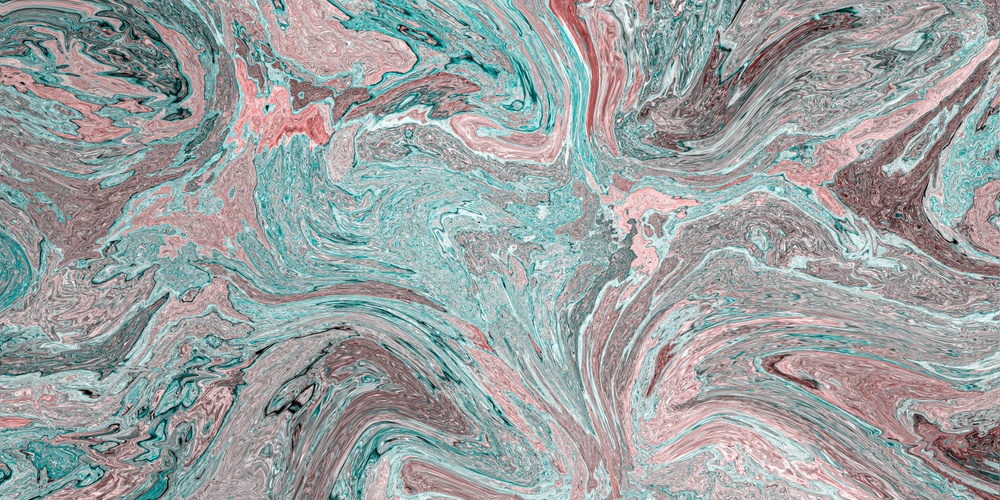“It was on the next day…” (Shemot 18:13).
Apparently, something of significance had happened on the previous day, yet the Torah makes no mention of it. The day, that special day that needs no mention, can be none other than Yom Kippur (Rashi).
And what was it that happened on the day after that first Yom Kippur? “Moshe sat to judge the people, and the people stood by Moshe from the morning until the evening”. Inspired by their repaired and renewed relationship with G-d, the Jewish people sought to repair and renew their relationship with their fellow man. They wanted outstanding disputes resolved, and were willing to wait as long as it took to do so—all day, if need be[1].
Yet this is not the only event that took place on that next day after Yom Kippur. "Moshe assembled the entire community of Israel and said to them….” (Shemot 35:1). The Torah then goes on to describe the command to build the Mishkan, the Tabernacle. Here, too, Rashi informs us that the gathering of the people took place on the day after Yom Kippur.
As G-d reached out to the people, granting forgiveness, the Jewish people yearned to be closer to G-d, seeking His presence. And what better way to do this than joining together to build a Tabernacle to host His Presence? So excited were they at this opportunity to cleave unto G-d that they donated so much material that they had to be asked to stop (Shemot 35:5).
Clearly, that first Yom Kippur had a huge impact. How could it not? G-d had—after 80 long days—acceded to Moshe’s request to renew the covenant with the Jewish people. The Jewish people were given a second chance, a chance to grow and learn from our mistakes.
And it was Moshe himself who was yearned to do better. Viewing the long lines for justice, his father-in-law, Yitro, advised Moshe to set up a judicial system with enough judges of integrity to deal with all cases. Moshe immediately agreed. Yom Kippur worked.
A functioning and fair judicial system is no less than a prerequisite for the construction of the Mishkan. If the Mishkan testifies to G-d forgiving the sins of the Jewish people, that forgiveness cannot be effective as long as justice is not served. “Sins between man and man, Yom Kippur does not atone until [and unless] one appeases his friend” (Mishna, Yoma 8:9). As our prophets warned over and over and over again, service of G-d without simultaneously serving the needs of our fellow man—especially the poor—is at best empty, meaningless ritual and at worst, a desecration of the name of G-d, the one sin for which Yom Kippur cannot atone.
To allow injustice to go unanswered outside while one is ensconced inside a sanctuary to G-d is what we might, from an ethical perspective, term a mitzvah haba baveirah, a mitzvah tainted by its association with sin. One cannot worship G-d while fighting with man.
Yom Kippur is a most special day. It is the day we “purify ourselves before G-d”, a day on which we can encounter G-d like no other. The kohen gadol represents the Jewish people as he enters the Holy of Holies, on this one special day of the year. It is a moment of great joy, standing in the presence of the Divine: “and a Yom Tov he would make for his loved one when he emerged in peace from the Holy [of Holies]” (Mishna, Yoma 7:4).
Yet we do not actually need a Temple or the Holy of Holies, to reach the Divine. We can reach G-d through justice. “Rabbi Shmuel bar Naḥmani said, ‘Rabbi Yonatan says: Any judge who judges a judgment of truth to truth causes the Divine Presence to rest among Israel’” (Sanhedrin 7a). And being in the presence of the Divine is what Yom Kippur is all about.
Yom Kippur is a most special day. But more important than Yom Kippur itself is the day after Yom Kippur, the day that truly determines how meaningful Yom Kippur was. What are you doing today?
[1] While this may have happened on the day after Yom Kippur, the Torah records this yearning for and the subsequent establishment of a justice system just as we were about to receive the Torah. Without justice, there can be no Torah.

